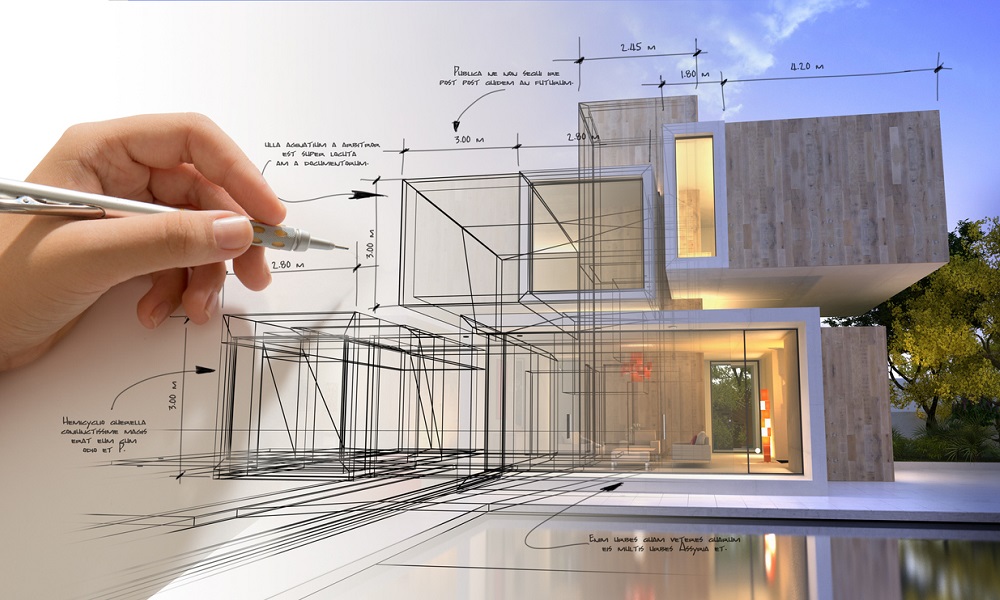Architects and engineers take note! Architectural works are protected by copyright. The possibility of registering and granting additional protection to architectural works at Indecopi is not a new right or exclusive to Peruvian law. However, it is a little known right in the industry and it is advisable to make use of it because it offers authors several advantages.
Copyright is a valuable asset for all industries and gives those who hold such rights a competitive edge. In the case of architecture, holding copyrights in works enables authors to exploit their economic rights with a view to continuing their creative activity.
The RAE’s definition of architecture as “the art of designing and constructing buildings”, is not alien to Peruvian copyright law. Indeed, Legislative Decree no. 822 – Copyright Law, in line with decision no. 351 by the Andean Community Commission, protects different forms of expression of architectural works: illustrations, maps, drawings, plans, sketches, scale models, drafts and plastic works related to architecture, and also derivative works. However, it excludes ideas, procedures, methods of operation and/or construction and styles used in architectural works (i.e., organic architecture).
A very important aspect for authors is that legal protection is granted automatically from the moment the architectural work is fixed in a physical or digital medium. The only requirement is that the work must be original. There is no need for a professional qualification in the subject and one or more authors of the same work may appear.
Although it is not widely known in the field of architecture or construction, there is in fact an Artistic Works and Applied Art Registry, which is directed by Indecopi’s Copyright Management. Creators of architectural works (which include scale models or sketches, among others), can apply to register their creations at this registry.
As the Copyright Law states, registration is optional for authors and their successors and does not constitute rights. As a result, not registering the work does not adversely affect the full exercise of the rights recognized and guaranteed by law.
However, registration offers authors various advantages since: (i) it provides a specific date for the creation of the work; (ii) it naturally increases its value, because the authority has assessed the product and certified its originality; and, (iii) registration gives its creator more tools to report any infringements of the work, such as unauthorized copies, the most sensitive scenario being the construction of a building using architectural plans without the author’s authorization.
Authors and their rightholders enjoy the moral and economic rights listed below – for 70 years, from January 1 of the year following the death of the author – regardless of nationality, domicile and notwithstanding registration:
- Moral Rights
- Right of paternity: the right to claim authorship of the work.
- Right of integrity: the right to object to any alteration of the work. However, in the case of architectural works this right is partial, because authors cannot oppose modifications that were necessary during construction or afterwards (i.e. structural modifications). In the event that the author does not accept the modification, he may reject the work so that his name is removed.
- Right of disclosure: the author’s right to make the work public for the first time.
- Economic rights
- Right of reproduction: the author’s right to make, permit or prohibit construction of the architectural work.
- Right of distribution: the author’s right to make, permit or prohibit the reproduction of the medium in which the architectural work is embodied.
- Right of transformation: the author’s right to make, permit, or prohibit the modification of his design.
How do economic rights work vis-à-vis third parties?
The sale of the medium, understood as the disposal of the plans, scale models or any other medium in which the work is embodied, is based on 4 legal presumptions: (i) it does not involve the assignment of economic rights, unless agreed otherwise; (ii) it does not involve the assignment of moral rights, unless agreed otherwise; (iii) it is presumed that the medium is acquired for a single work, unless the parties agree otherwise; and (iv) it is presumed that the sale is not exclusive, that is, that the author can continue to transfer the medium to other persons, unless agreed otherwise. In addition, if the work is created following a commission by a third party, unless agreed otherwise, it is assumed that the rights have been assigned to the employer or principal without exclusivity.
Consequently, it is highly advisable for the creators of architectural works and derivative works to use the registry to strengthen the automatic legal protection that is accorded to original works. We also consider it useful for architects to read the Copyright Guide for architects published by Indecopi, in connection with the registration of their works, as well as the Copyright Code for Architects which contains all the copyright rules that are useful for members of the Architects Association of Peru – CAP.
Fiorella Senno
María José Cardoza
Garrigues Intellectual Property Department






